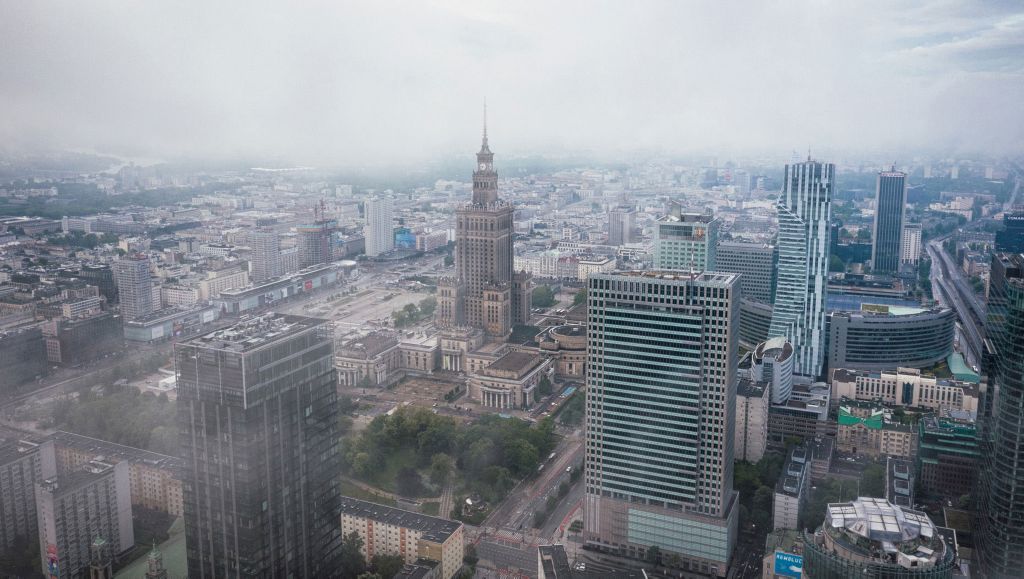Warsaw: Fighting air pollution with public transport


Thick, grey smog is becoming an increasingly common sight in many Polish cities. In fact, of the European Union’s 50 most polluted cities, 33 are in Poland. This is due partly to the country’s reliance on coal power. The problem is even worse in winter, as many of the country’s inhabitants still heat their homes with antiquated heating systems. In Warsaw, transportation is another key contributor, producing around 60 per cent of the city’s air pollution, as well as more than 16 per cent of its CO2 emissions.
With air pollution now responsible for an estimated 45,000 premature deaths per year, Warsaw is fighting back, and creating a cleaner, more efficient public transport system is a key part of the solution.
“Today, big cities like Warsaw can’t rely on individual modes of transport and require an effective system for moving inhabitants.”
“Public transportation is the blood circulation of the city,” explains Katarzyna Strzegowska, Director of the Warsaw Public Transport Authority. “Today, big cities like Warsaw can’t rely on individual modes of transport and require an effective system for moving inhabitants. This means fewer cars on the road, friendlier streets, cleaner air and less noise.”
Accordingly, Warsaw has invested significantly in upgrading and extending the city’s underground metro system and tram network, particularly to the city’s outer suburbs. The Warsaw PTA is also exploring different alternative fuels, and its fleet currently includes vehicles using natural gas, LNG, hybrid drivelines (both serial and parallel) and full electric.
“Overall, electric buses have a positive impact on a city’s liveability and can have the added benefit of improving its image too.”